The Lunch Bag’s History – from a working man’s utility product to a back-to-school fashion statement, lunch bags have evolved with technology and pop culture. Whole Pop Magazine Online has published an illustrated history of the lunch bag (stylishly called Paleontology) which tracks the lunch bag’s origins to the 19th century.
In earlier days, working men protected their lunches from the job site’s perils with heavy-duty metal pails. The first commercial lunch bags came out in 1902. Disney’s Mickey Mouse was the first popular character to grace the cover of a lunch bag, in 1935. However, as a personal statement, the lunch box really took off in the ’50s, and cheap vinyl lunch box made a brief appearance in the ’60s. Nevertheless, metal continued to be popular in the lunch box scene until molded plastic took over.
With the turn of the millennium, lunch bags evolved into technological wonders and now brags cool features such as –
- Insulated interiors and water proof exterior
- Adjustable shoulder strap and comfortable handles
- Storage space and cutlery pouches
- Designs and colors
What to Pack in Your Lunch Bag?
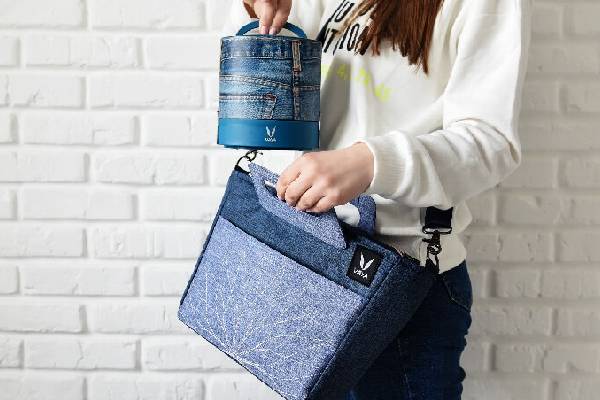
Most families face a time crunch in the mornings. Putting together more than one lunch every day is can be a daunting task. It might often make you wonder, “Is it even worth it to pack a lunch box every day?”
There are two points to acknowledge in answering this question: whether your kids’ school or your workplace offers healthy meal choices and how much those options cost.
1. Nutritional Considerations
Many people still rely on heavily processed foods as lunch options. Fresh foods tend to have a short shelf life, and cooking large meals every day is a time-consuming ordeal. Thus, most of them go for easier options such as simply heating frozen lasagna and French fries left from yesterday. Though there have been efforts to make healthier options compulsory, such as needing more whole grains, lunches still are not ideal.
2. Financial Considerations
Whether or not you pack a lunch bag for you and your kids is an intensely personal choice that depends on your economic situation and how much time you have in the mornings. Know that it is feasible to pack healthy, affordable lunches if you decide that is the best choice for your family.
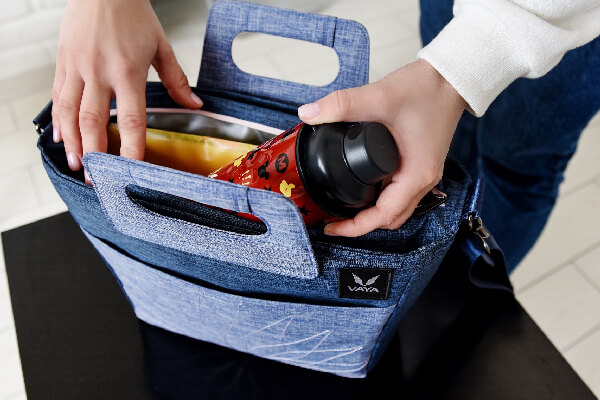
Keep in mind that a few smart choices can make a big difference in nutritional value when packing lunch –
- Avoid Convenient Foods – Foods like packaged chips and pre-made granola blocks can be stuffed with fat and sugar. Instead, opt for homemade treats that are low in sugar.
- Involve Your Kids in the Process of Lunch-Making – Let them choose which vegetables and fruits they want for the week. They will feel more empowered and excited about what they are eating, which will increase the chances of them actually eating the lunch that you have packed in their lunch bags.
- Use a Thermos lunchbox- A thermos is a great option for packing homemade food rich in vegetables and nutrients. Dozens of recipes are available online that will help you in making a quick meal for your kid’s or your lunch bag
- Be Flexible – Make things easier for yourself by planning on cooking one pot meals, or a few other dishes that are easy to cook and pack in a lunch box and lunch bag!
- Avoid Sugary Drinks – Instead, pack water, milk, or reduced-sugar juice in the water bottle or flask.
There are scores of food choices available for your child’s and your lunch bags. A simple Google or Pinterest search is enough to supply your ideas for your meal away from home. Nevertheless, with so many options available, it can sometimes be difficult to decide which foods are healthy choices.
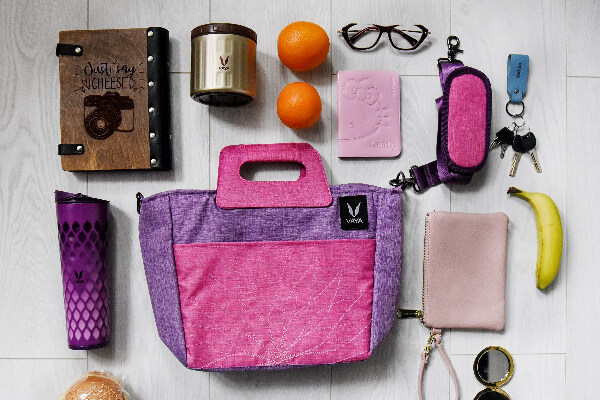
- Fruits – Avoid dried fruit bars that are sticky, high in sugar, low in fiber, and stick to teeth causing tooth decay. The best alternatives include fresh or tinned fruit.
- Vegetables – Pack a small insulated containers full of mixed vegetables such as capsicum, cherry tomatoes, carrot sticks, and cucumber. You can also pack vegetable sticks with a dip, to avoid chips and packets of crisps.
- Milk, Yoghurt, and Custard – You can include fruit yogurts or a small pack of milk that was frozen overnight in your kid’s insulated lunch bag. Nevertheless, it is best to avoid flavored milk and ‘dairy desserts’ high in sugar.
- Dips, Cheese, and Biscuits – Children enjoy mini, packaged cheeses. So you can go for packaged or your own homemade versions of cheese and crackers. However, try to avoid sweet dips such as chocolate spreads, and oven-baked rich biscuits which contain the same amount of salt and fat as chips.
- Different Loaves of Bread Add Interest – Include various bread, especially if children begin to lose interest in sandwiches. Try bread rolls, pita bread, flatbread, fruit loaf or buns or muffins.
- Muffins and Cakes – Making your own muffins and cakes is a great way to include more fruit and vegetables. Examples include strawberry, carrot, zucchini, banana, or pumpkin. Donuts and creamy cakes are best offered on birthdays and special occasions instead of in lunch boxes.
Conclusion
Considering all the options and choices available and carefully scrutinizing the reasons behind them, the whole issue of packing a lunch bag finally boils down to you. A simple but healthier lunch at workplace, office or school is all you need for a productive day.

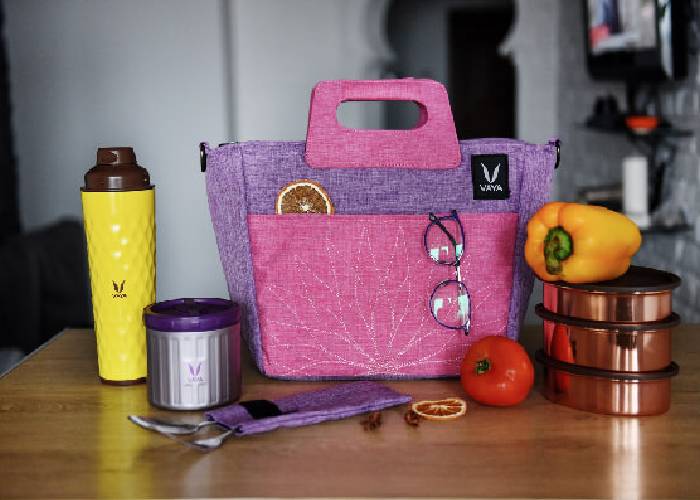
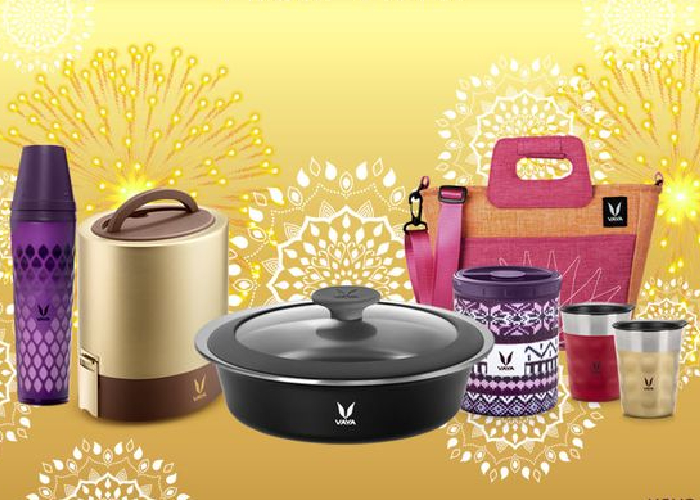

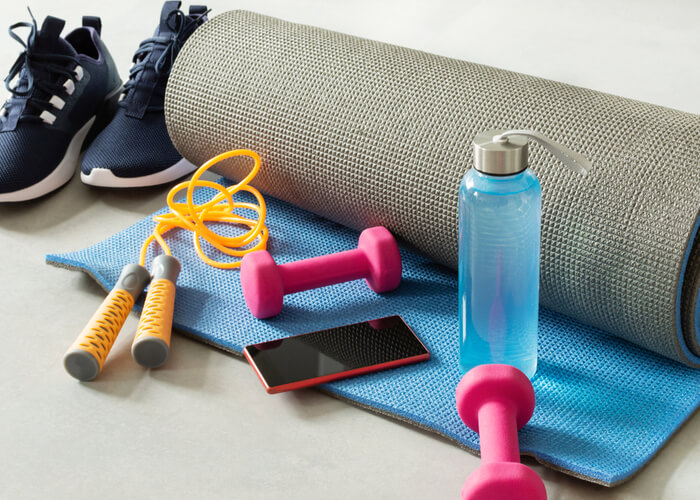



Recent Comments